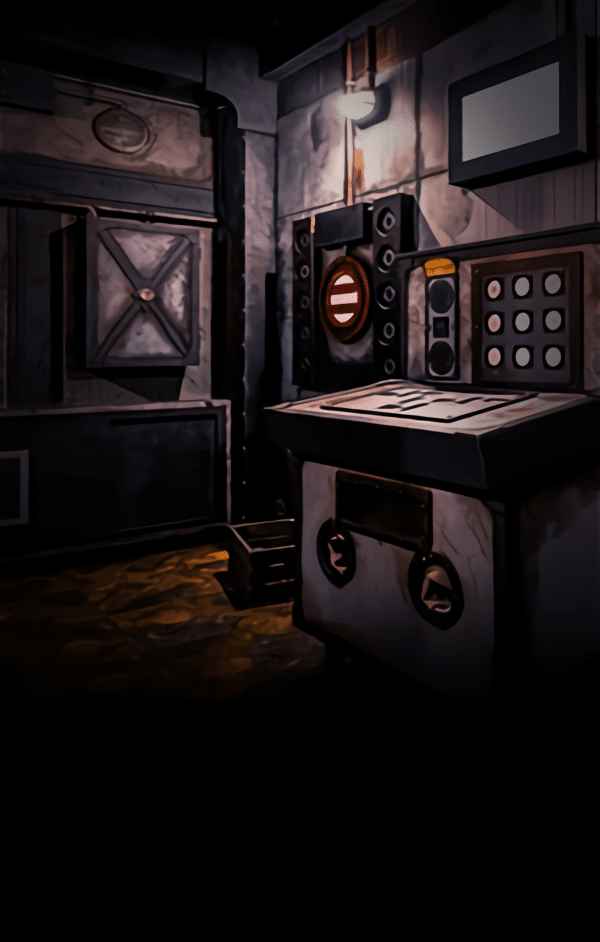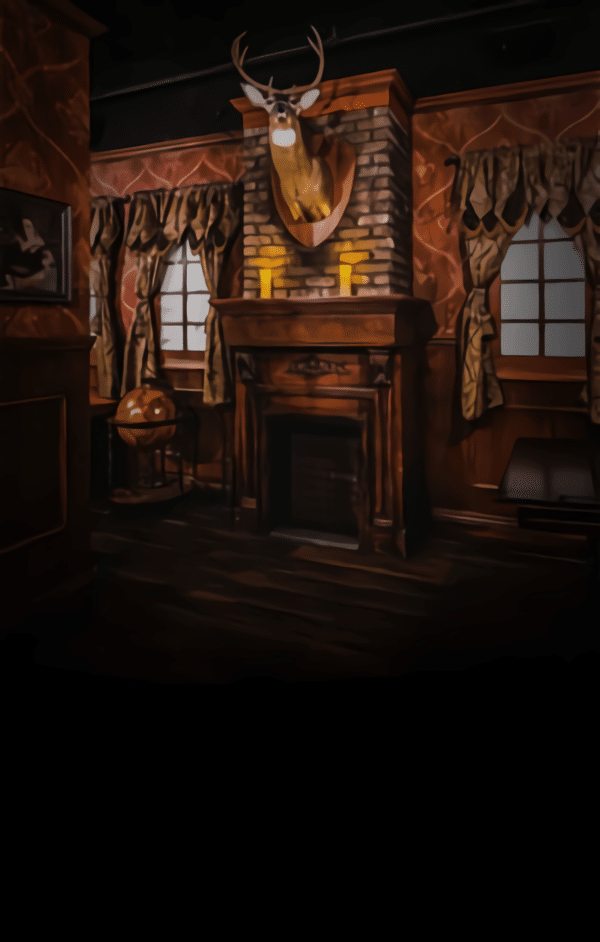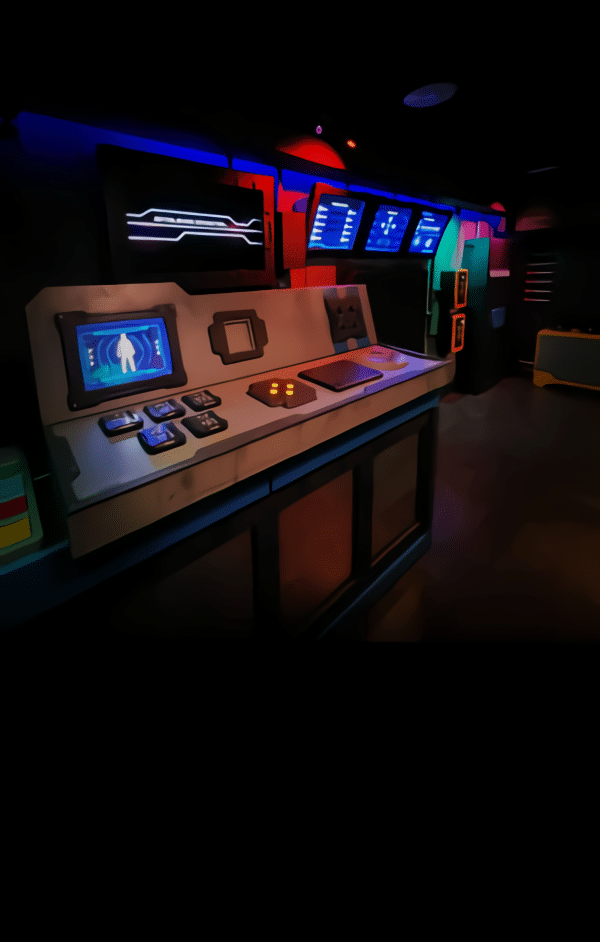Immersive Storytelling in Escape Rooms
One of the most engaging aspects of an escape room New York City experience is the strong emphasis on immersive storytelling. Players are not just solving random puzzles—they are stepping into a narrative where every clue, prop, and piece of décor contributes to the storyline. For example, a mystery room may place participants in the role of detectives, where the environment reflects a crime scene. An apocalyptic-themed challenge might have players racing against time to prevent global catastrophe. These interactive storylines transform the room into a living stage, making participants active characters rather than passive observers. This depth of narrative builds excitement and keeps players emotionally invested throughout the entire session.
Physical Interaction with Props and Tools
Escape rooms often rely heavily on physical interaction, making them far more than a mental challenge. Players might need to open hidden compartments, manipulate gears, align objects, or search for concealed keys. This tactile engagement creates a sense of realism and immersion. Unlike digital games, where the action is confined to a screen, escape rooms give participants a hands-on experience. The sensation of physically unlocking a chest or discovering a secret passageway enhances the thrill, providing an authentic feeling of progress and achievement as the team moves closer to victory.
Team-Based Interactive Challenges
Another hallmark of interactive escape rooms in New York City is the emphasis on teamwork. Puzzles are often designed in such a way that they cannot be solved alone. For example, some challenges may require two or more people to activate mechanisms simultaneously. Others involve dividing tasks so that the group must work in harmony to succeed. This not only strengthens communication but also emphasizes the collaborative spirit needed to escape. Whether it’s passing clues across the room, decoding riddles together, or physically aligning objects as a group, the experience thrives on collective problem-solving.
Use of Technology in Escape Rooms
Modern escape rooms in New York City have incorporated technology to amplify interactivity. Sensors, digital locks, motion detectors, and touch-screen elements bring puzzles to life. Some rooms may even use augmented reality features or projection mapping to enhance the environment. These tools allow players to interact with the space in new ways, blending physical and digital engagement. For instance, completing a puzzle might trigger lighting changes, sound effects, or animations that make the room feel more dynamic and alive. This use of tech ensures that no two moments feel static and every solved riddle comes with a dramatic payoff.
Role-Playing Elements
Many escape rooms add an extra dimension of interactivity by encouraging role-playing. Participants may be asked to assume specific characters within the story, such as scientists, explorers, or undercover agents. These roles influence how players engage with the puzzles and each other. Some challenges even include scripted elements or live actors who guide or mislead participants during the game. By assigning roles, escape rooms create deeper immersion, allowing participants to feel like they are truly part of the unfolding scenario rather than just guests in a puzzle room.
Interactive Puzzle Variety
The diversity of puzzles in escape rooms ensures that interaction is always fresh and engaging. Common puzzle categories include logic riddles, pattern recognition, word codes, and mechanical challenges. However, the interactive twist comes from combining them in unique ways. For instance, solving a math puzzle may unlock a physical contraption, or arranging symbols may reveal a hidden compartment. The constant switching between mental and physical challenges keeps players engaged and prevents monotony. Each interactive moment serves as a rewarding checkpoint that pushes the team forward.
Engaging Themes and Design
Themes play a central role in how interactive an escape room feels. In New York City, rooms are designed with impressive attention to detail to create fully believable environments. A laboratory theme may include bubbling test tubes, while a spy room might feature safes and hidden gadgets. These thematic touches are not just decorative—they often tie directly into the puzzles, requiring players to interact with the environment authentically. The design ensures that participants aren’t just solving abstract problems but are physically engaging with the world around them in ways that feel purposeful and exciting.
Real-Time Feedback from the Game Master
Interactivity extends beyond the room itself. Game masters, who monitor the experience in real time, often provide subtle hints, feedback, or encouragement when players get stuck. This real-time communication can come through walkie-talkies, monitors, or in-room clues that appear when triggered. These interactions keep the momentum flowing and prevent frustration from derailing the experience. Rather than simply observing, game masters actively participate in the session, ensuring players remain engaged while maintaining the balance between challenge and enjoyment.
Escape Rooms as Social Interactive Experiences
Beyond the puzzles and props, escape rooms are inherently social experiences. The interactive elements extend to the dynamics between team members. Every moment requires communication, trust, and collaboration. Players must divide responsibilities, share discoveries, and brainstorm solutions together. This makes the escape room a shared adventure rather than an individual challenge. For groups of friends, coworkers, or families, the interactive engagement helps strengthen bonds and create lasting memories of working as one to overcome challenges.
Why Escape Rooms in NYC Stand Out
Escape room New York City venues, like Mission Escape Games, are known for incorporating multiple layers of interactivity that set them apart. From storytelling and puzzles to high-tech elements and teamwork-driven design, these experiences keep players constantly engaged. The combination of physical, mental, and social interaction ensures that no two sessions feel the same. Every challenge, role, and prop contributes to a dynamic adventure where participants don’t just play a game—they live it. This blend of interactivity and creativity is what makes NYC escape rooms particularly memorable.
Conclusion
Interactive elements are at the heart of what makes escape room New York City experiences so captivating. From physical props and puzzles to role-playing, technology, and teamwork, these features ensure that participants are deeply immersed in the adventure. The variety of interactive components transforms escape rooms into fully realized worlds where every action counts, making them one of the most engaging forms of entertainment available in the city.
Frequently Asked Questions
Q1: Are there escape room New York City experiences with interactive elements?
Yes, many NYC escape rooms incorporate a wide range of interactive features, including puzzles, props, technology, and role-playing to keep participants fully engaged throughout the game.
Q2: What types of interactive puzzles are common in NYC escape rooms?
You can expect a mix of logic puzzles, hidden object challenges, mechanical contraptions, and tech-driven games like sensors or motion detectors that add layers of interactivity.
Q3: Do escape rooms in NYC use technology to enhance interaction?
Absolutely. Many venues include features like digital locks, augmented reality effects, motion-activated puzzles, and projection mapping for a more dynamic experience.
Q4: How important is teamwork in interactive escape rooms?
Teamwork is essential. Many challenges require multiple participants to complete tasks simultaneously, making collaboration a key component of success.
Q5: Can role-playing be part of an interactive escape room?
Yes, some escape rooms assign roles such as detectives, agents, or scientists, which add an extra layer of immersion and engagement to the overall experience.







